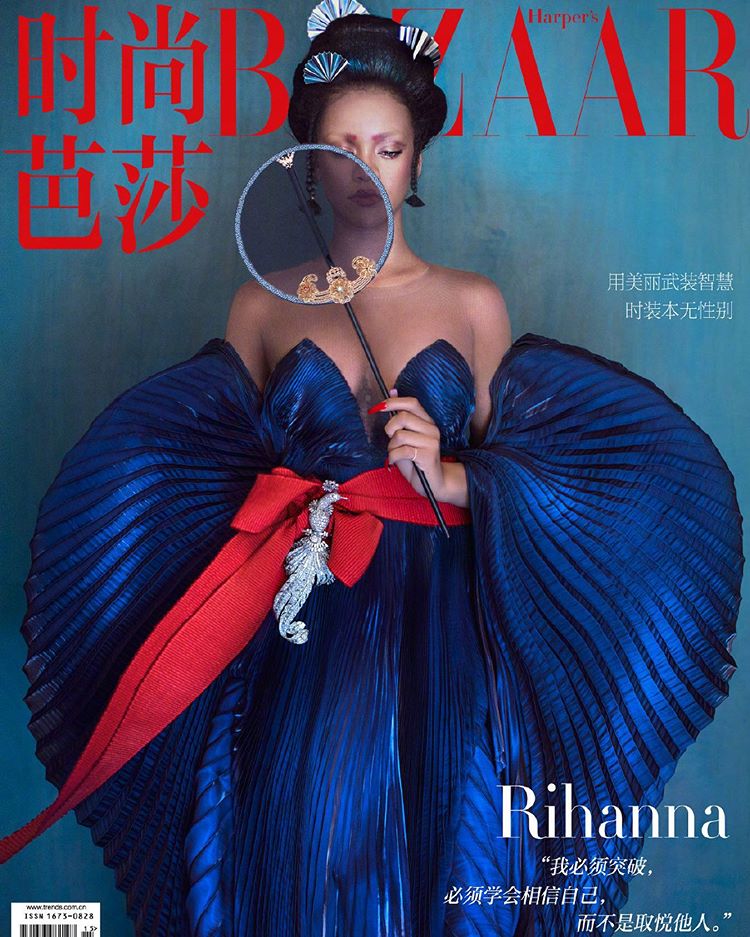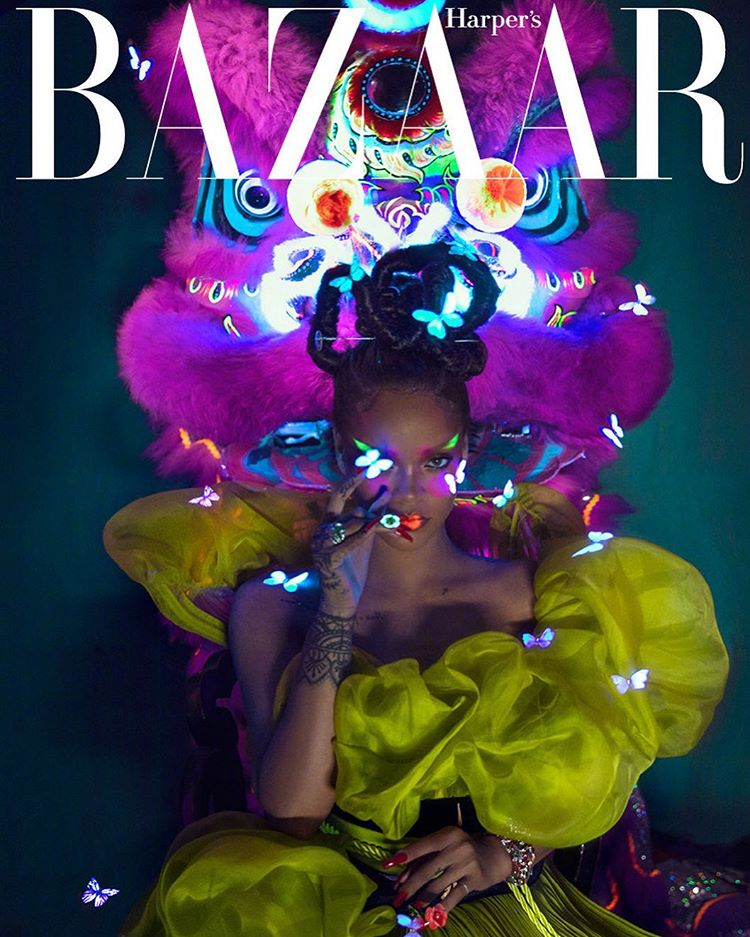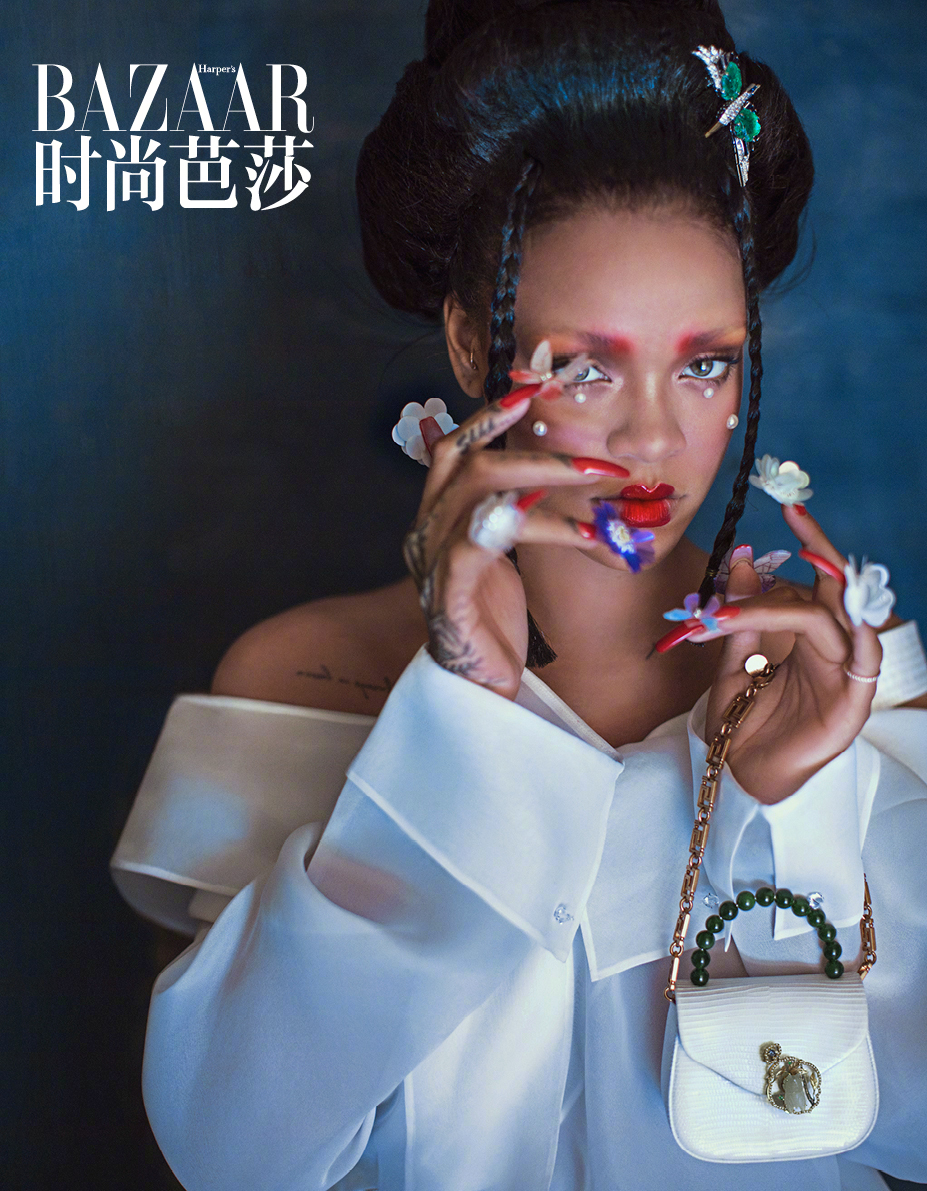Reviewed by:
Mario Georgiou, July 2008
Author: Joe McNally
Published by:
New Riders &
Peach Pit PressISBN-10: 0321544080
ISBN-13: 978-0321544087
Requires: Amateur or pro interest in photography
MSRP: US$54.99 USD, £29.99 GBP, $59.99 CAD
(Ed. Note: Books like this often tell readers about more than the apparent subject. Most often, a semi-autobiographical book of this type provides examples for success which transcend the categories of life, career, technique and business into which we tend to slot ourselves, others and our efforts throughout our lives. I love reading about the details, techniques and events, told from a personal perspective, which have occured and affected skilled, successful people because the knowledge helps me organize and make sense of the details, techniques and events in my own life. I hope you feel the same way.)
Joe McNally’s book “The Moment It Clicks” has received a lot of press and acclaim, so when I received it for review, I already felt that it would be a book which would provide a challenge. There has been a lot of hype about it from all over the photography world. The book has become a bestseller and nothing I say will add to or take away from that. The Moment It Clicks tells a story which is essentially all about the 30 year photography career of Joe McNally, his life, and experiences both professional and personal. The book was written to provide an insight into the world of commercial photography and photojournalism.
The Moment It Clicks is not a biographical tome, but more about the pictures McNally has taken, the events in his life and how they have been shaped by his career. The book doesn’t really take a chapter type approach (typically, photography books are always organized into traditional chapters and sub-sections), taking instead a more subjective approach. McNally uses a picture and then tells the story behind the picture and details how it was shot. This isn’t a step-by-step approach either, focusing rather on the more important details and insights which will add to your experience of McNally’s photography as well as adding to the critical appreciation of your own photography efforts and learning process. The “How It Was Shot” section accompanying each photo provides varying detail with respect to subjective items such as lighting, camera positions, supporting elements, technical and aesthetic considerations key to learning about particular subjects.
McNally details the events which surrounded or led up to the moment of each photo. He frequently relates stories about how events affected his life, the adventures and often the misadventures related to the photography he’s produced. Some of the stories are highly insightful and others somewhat sentimental. None of this takes away from one’s experience of this book and the story it tells. Like many other great storytellers, McNally talks about his mistakes and the things he has learned which have added to his experiences and his art.
The Moment It Clicks is well put together and features many excellent images, it also features quite a few images which failed to inspire me. Overall the book is clearly aimed at those of you who are looking for or already involved in photography which is of a more commercial nature.
There are some other annoyances such as the frequent repetition of certain terms throughout the book and in the footnotes. As well, the photo in which McNally shows all his kit is a bit of overload. The reality is that it’s quite unlikely that Joe would carry all that kit around with him all the time. In fact, he’d need a retinue of Porters to carry it all. It would have been more useful if he showed the various kit he carries on different assignments.
All that aside, Joe McNally tells his story well, and leaves you with some very memorable, useful and inspiring insights. This kind of book stays with you a lot longer than most technically based, how-to books, because it humanizes the process of learning and the process of involving yourself in photography. There is a folkloric nature to it, which you can identify with much moreso that any technical manual or step-by-step type of book. Life, after all, is experiential and the best way to relate those experiences is to tell stories.
Cons: Very few. Definite bias toward commercial photography. Frequent repetition in footnotes.
Pros: Humanistic approach to storytelling. Storytelling that engages and educates the reader. Joe McNally tells his story in a manner which allows the reader to identify and learn from his own personal experiences in photography. As a book on commercial photography it is a book you must have. If you are looking for a book on fine art photography this may not be it. The allegorical nature of the teaching in this book is engaging and will leave the reader with much to think about. Highly recommended.



